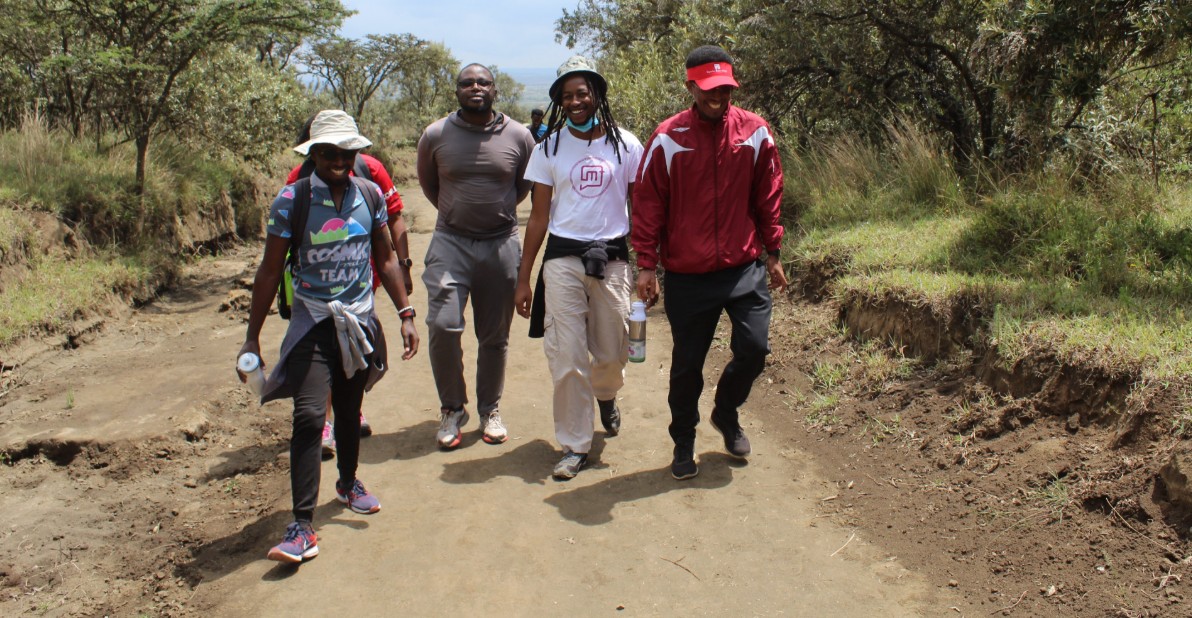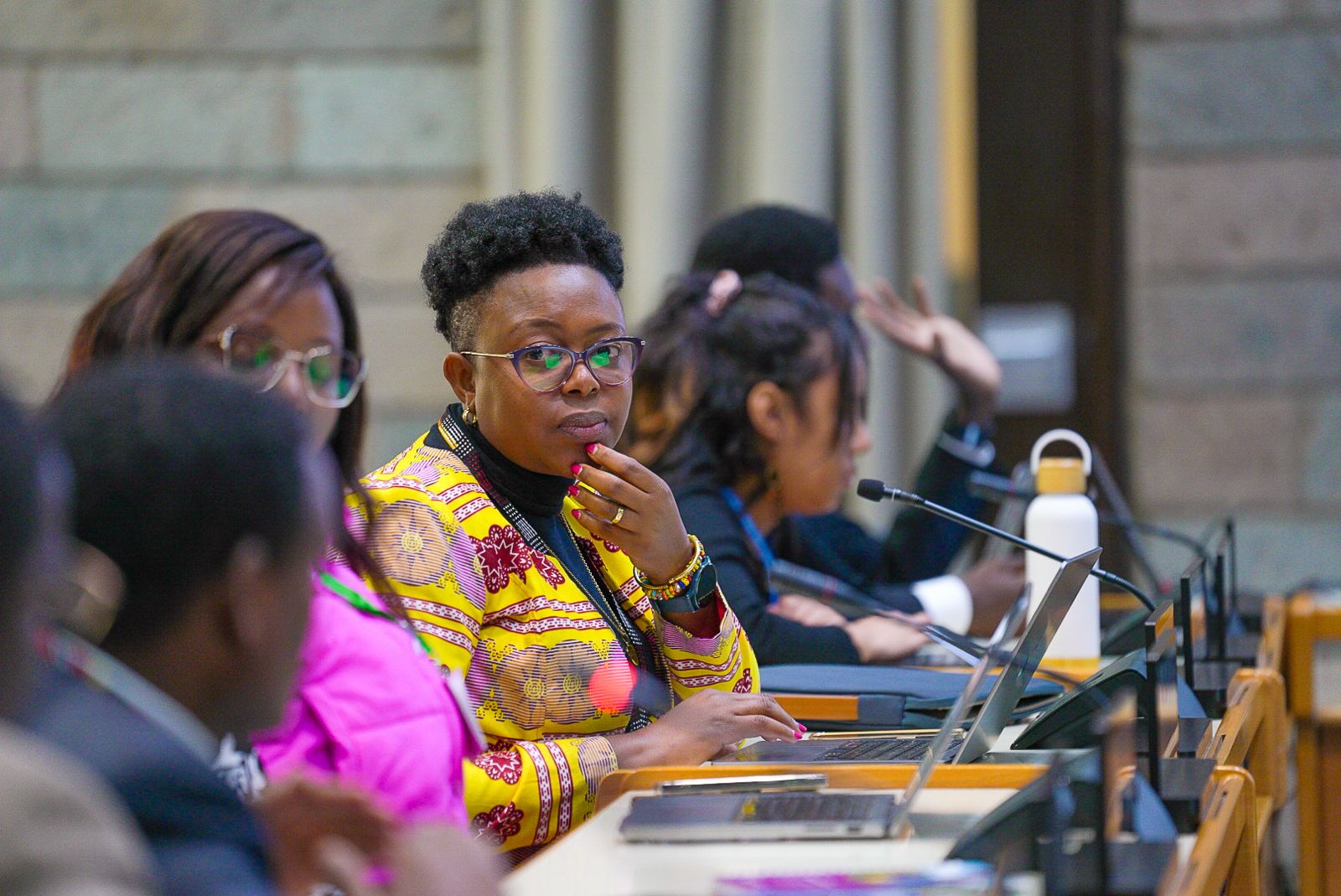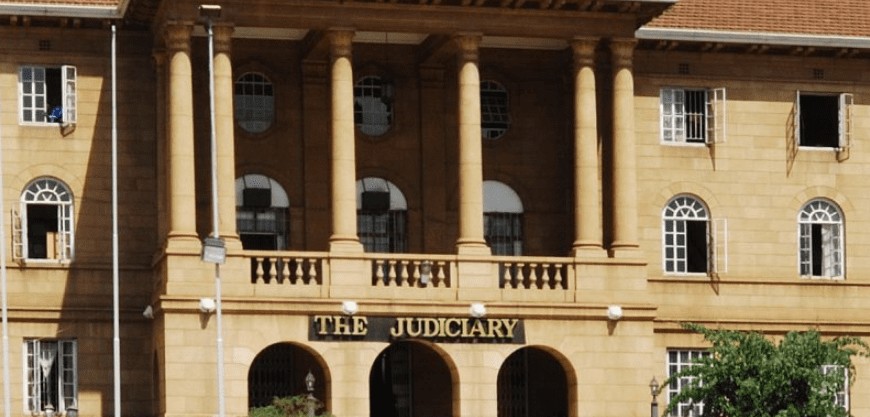Proposed park fee hike may slash Kenya’s domestic tourism by 600,000 visitors, ministry warns

Kenya’s park entry charges could rise by between 50 per cent and 249 per cent under the proposed 2025 regulations, affecting both local and international visitors.
The number of domestic tourists visiting Kenya’s national parks is expected to decline sharply following a proposed hike in entry fees.
According to the Ministry of Tourism and Wildlife, domestic visits are projected to drop from 2,347,591 in 2024 to 1,760,693—a loss of nearly 600,000 local tourists. This downturn could dampen local tourism revenues even as authorities seek to boost conservation funding.
More To Read
- Senate launches probe into disappearances of Nakuru fishermen
- KWS proposes first park fee hike in 18 years to bridge Sh12 billion conservation funding gap
- Kilifi families receive Sh60 million compensation for human–wildlife conflict deaths
- KWS unveils KWSPay platform to cut park entry time to three minutes
- Activists propose arrest powers for IPOA amid rising cases of police brutality
- KWS adds express lanes for prepaid tickets at Nairobi Park after public outcry over long queues
The projections are outlined in the draft Wildlife Conservation and Management (Access and Conservation) (Fees) Regulations, 2025, which propose to raise park entry fees by between 50 per cent and 249 per cent for both local and international visitors.
The increased charges will apply to major parks including Nairobi National Park, Amboseli, Lake Nakuru, Tsavo East, Tsavo West, and Hell’s Gate.
While the fee adjustments are aimed at helping the Kenya Wildlife Service (KWS) close its Sh12 billion annual funding gap, the ministry anticipates a significant short-term impact on domestic tourism.
Price-sensitive
The analysis shows that domestic tourists and East African Community (EAC) nationals are more price-sensitive than international visitors. Their numbers are projected to fall by 25 per cent in the first year of implementation, amounting to 586,898 fewer visits.
Visitor numbers among locals are expected to remain below 2024 levels for the next three years, with a full recovery projected in the fourth year, reaching 2,672,732.
In contrast, the number of international tourists, excluding EAC nationals, is expected to decline marginally by 4.97 per cent, from 853,511 in 2024 to 811,085 in the first year of the new pricing.
However, this segment is projected to rebound quickly, surpassing the one million mark from the second year onward.
Despite the anticipated drop in visitor numbers, the government is supporting KWS’s proposal, citing the expected rise in overall revenue.
EAC visitors
Revenue from local and EAC visitors is forecast to grow from Sh1.48 billion in 2024 to Sh1.67 billion in the first year, and continue rising to Sh2.53 billion by the fourth year.
Similarly, income from international tourists outside the EAC is expected to jump from Sh5.93 billion in 2024 to Sh8.45 billion in the first year, eventually peaking at Sh14.05 billion in year four.
“The proposed adjustment in conservation fees will support wildlife conservation in Kenya, which in turn will create a multiplier effect in various sectors of the economy, including tourism, agriculture, manufacturing, trade, banking, insurance, and research,” the ministry said.
Foreign tourists continue to be the highest spenders in Kenya’s parks, reserves, sanctuaries, and marine protected areas, with authorities relying on their contributions to sustain conservation efforts, even as domestic tourism faces short-term challenges.
KWS Director-General Erustus Kanga noted that the current conservation fee structure has remained unchanged since 2007, despite rising operational costs, inflation, and shifting visitor expectations.
“For over a decade, our conservation fee structure has remained static, despite rising costs, evolving visitor expectations and increasing threats to wildlife,” Kanga said.
He stressed that the review was not simply a financial exercise, but a matter of ensuring the long-term survival of Kenya’s natural heritage.
“This review is not just about revenue—it is about the survival of our wildlife and the resilience of our conservation systems. The proposed changes are part of a broader revenue enhancement strategy designed to support core conservation activities,” he said.
Top Stories Today















































